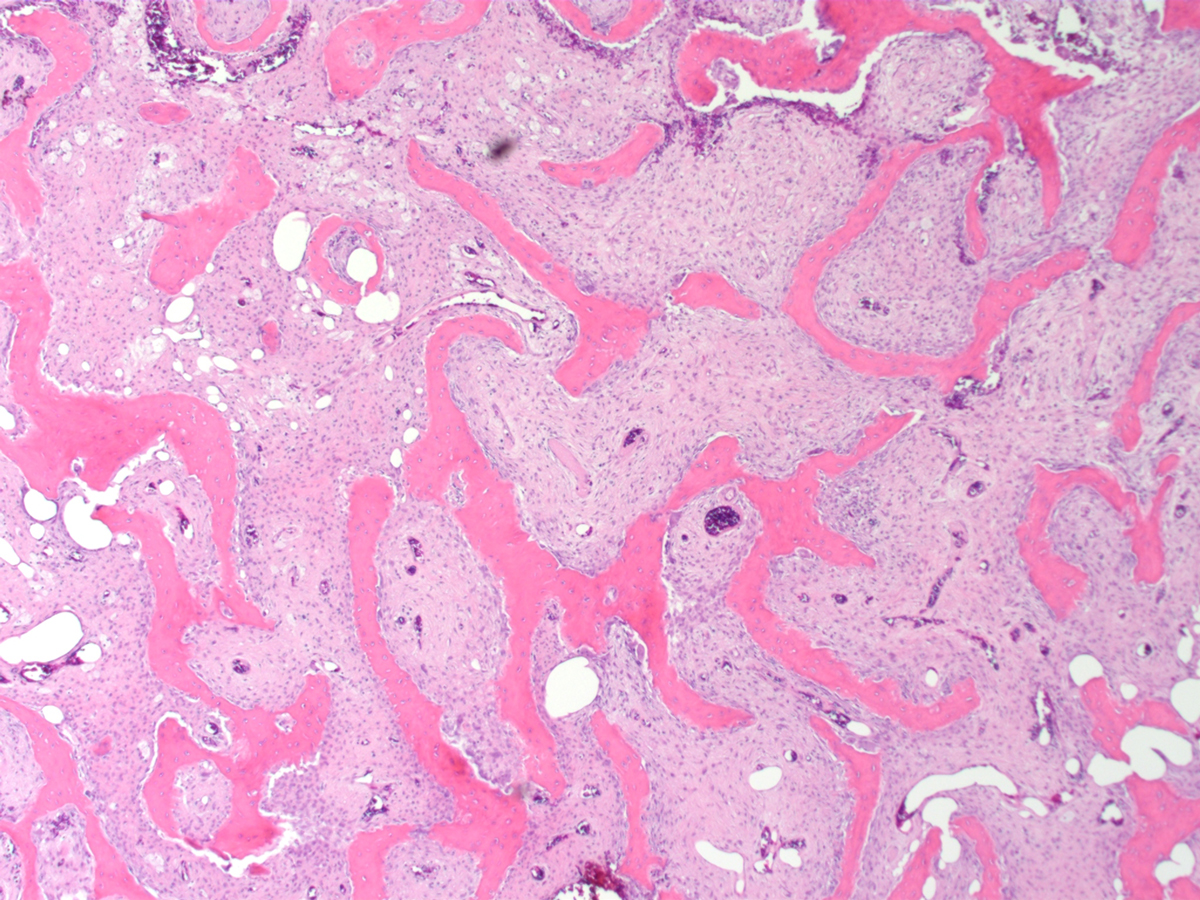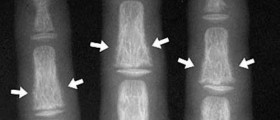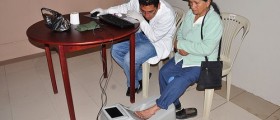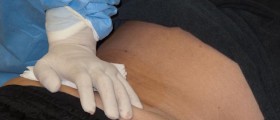
Fibrous Dysplasia
Fibrous dysplasia is a medical condition which features with developmental abnormalities related to connective tissue. In children who are suffering from fibrous dysplasia normal bones are replaced by fibrous tissue. These results in pain, chronic weakening of the bones and susceptibility to fractures. This condition develops during intrauterine growth. Still it is only found after the child is born. Some patients report the first symptoms in childhood or even adulthood. Fibrous tissue which replaces parts of the bone grows along with the entire skeleton making the affected bone weaker, brittle and deformed.
This disorder may affect each and every bone in the body. There are even cases in which several bones are affected. Still if this occurs these bones are located on one side of the body. Most commonly affected bones are those in the face, skull bones, ribs, humerus, femur, tibia and pelvic bone.
Causes of Fibrous Dysplasia
This disorder occurs during intrauterine growth and development and is caused by specific mutation of a gene connected to normal development of bones. The actual cause of the mutation has not been found yet. The disease is not hereditary therefore it cannot be passed from parents to children.
Symptoms and Signs of Fibrous Dysplasia
The symptoms and signs of this disorder basically differ from patient to patient. However, there are several symptoms and signs of the disease which point to the presence of bone disorder. The definitive diagnosis can be only set after thorough examination and specific testing.
Patients commonly complain about the pain in the affected bone. The pain results from the expansion of the fibrous tissue. There is evident deformity of the affected bone. Fracture and consequent pain may occur even due to slightest trauma. Scoliosis develops in patients whose spine has been affected. And in case bones in the legs have been affected, patients develop tottering walk.
Treatment for Fibrous Dysplasia
Unfortunately, there is no cure for this disease. The goal of the existing treatment is to alleviate the symptoms of the disease and prevent possible complications.
In asymptomatic patients periodical x-ray examination is conducted. The actual treatment in this case is unnecessary. Braces may be helpful in prevention of fractures. Still they are not so effective in prevention of deformities.
Severe cases of the diseases are treated with medications and surgery. Bisphosphonates are used to maintain bone mass, increase the intensity of the affected bone and prevent fractures. Bisphosphonates may be also efficient in alleviation of pain. Surgical repair includes resection of the affected part of the bone and its replacement with bone grafts. The results of the surgery are not permanent. Better stability of the affected bone can be achieved by a rod which is surgically placed into the affected bone.

















Your thoughts on this
Loading...